Do New Tires Need to Be Balanced? An Expert’s Take
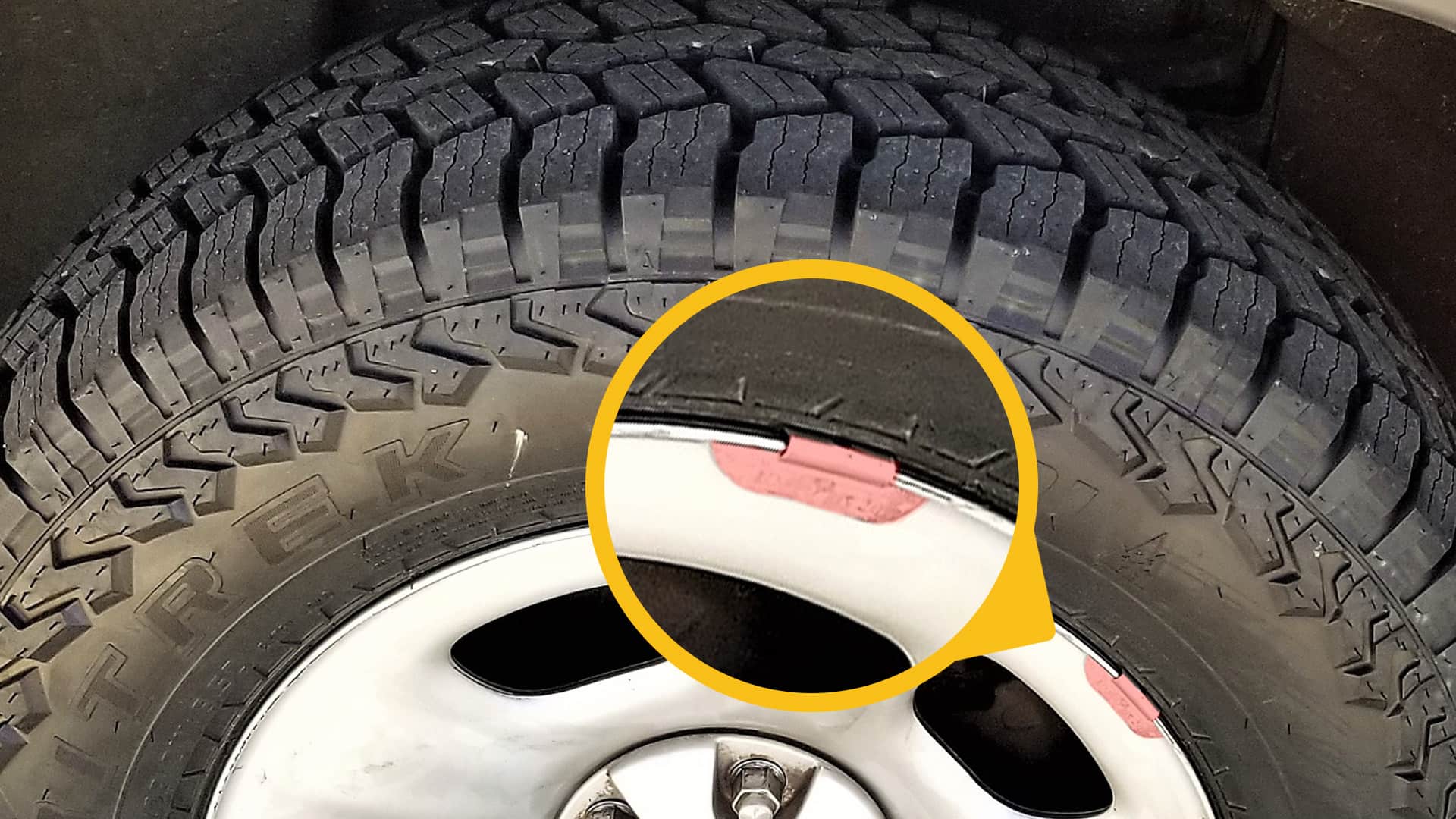
When it comes to buying new tires, one of the questions that often comes up is whether or not new tires need to be balanced.
New tires may seem perfectly fine straight off the assembly line, but did you know they actually need to be balanced once installed on wheels?
Key Takeaways
Understanding Tire Balancing
Tire balancing is the process of evenly distributing weight around a tire and wheel assembly to ensure that it spins smoothly while providing maximum contact with the road. Tire balancing is the process that:
Do New Tires Need to Be Balanced
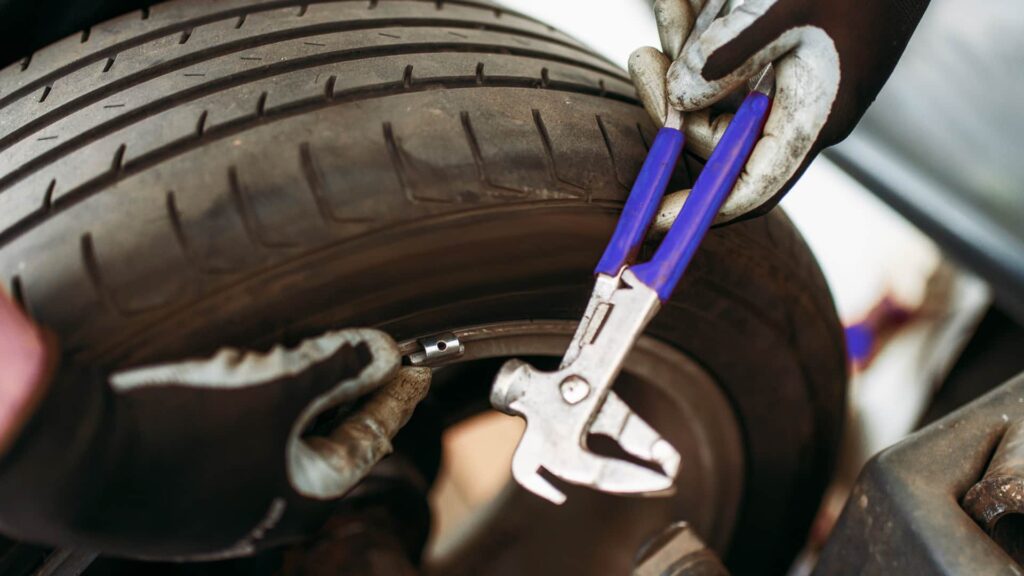
The short answer is yes, new tires do need to be balanced.
Although it might seem reasonable to assume that new tires are perfectly balanced straight from the factory, this isn't always the case. Manufacturing inconsistencies can lead to minor flaws or uneven weight distribution across the tire itself.
Moreover, when installing the wheel assembly into a vehicle, small discrepancies in rim shape and condition can also contribute to an imbalanced state of new tires.
Regardless of which brand you choose or how freshly they were fabricated, there’s no guarantee your tires will be free from balance imperfections.
Can You Skip Tire Balancing For New Tires?
No, you cannot skip tire balancing for new tires. There are several reasons for that:
Uneven Wear And Tear
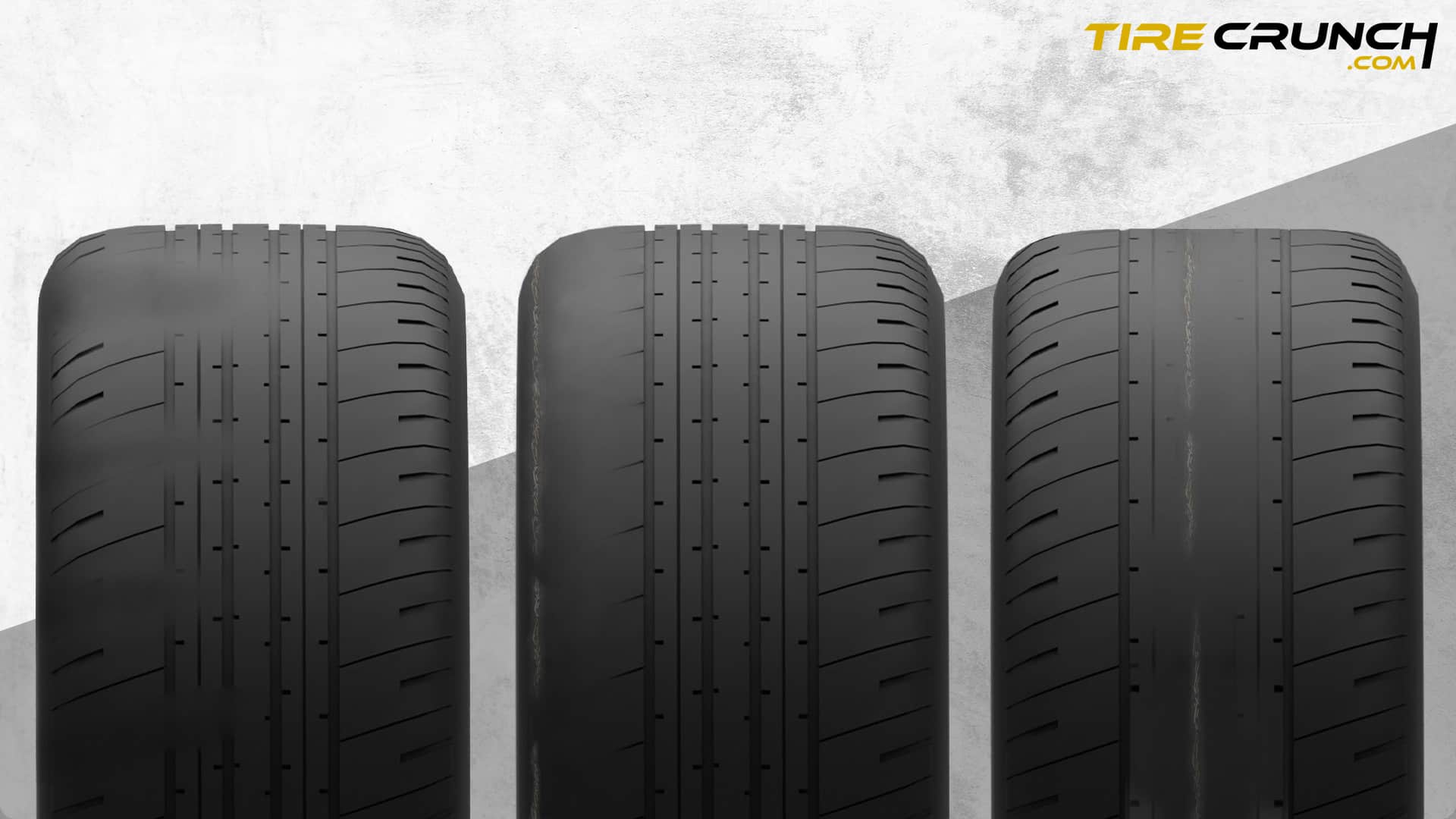
Unbalanced tires are a leading cause of uneven wear and tear on your car’s tires. As you drive, certain parts of your tire will come into contact with the road more than others, leading to flat spots or tire cupping in just one area.
Compromised Handling And Safety
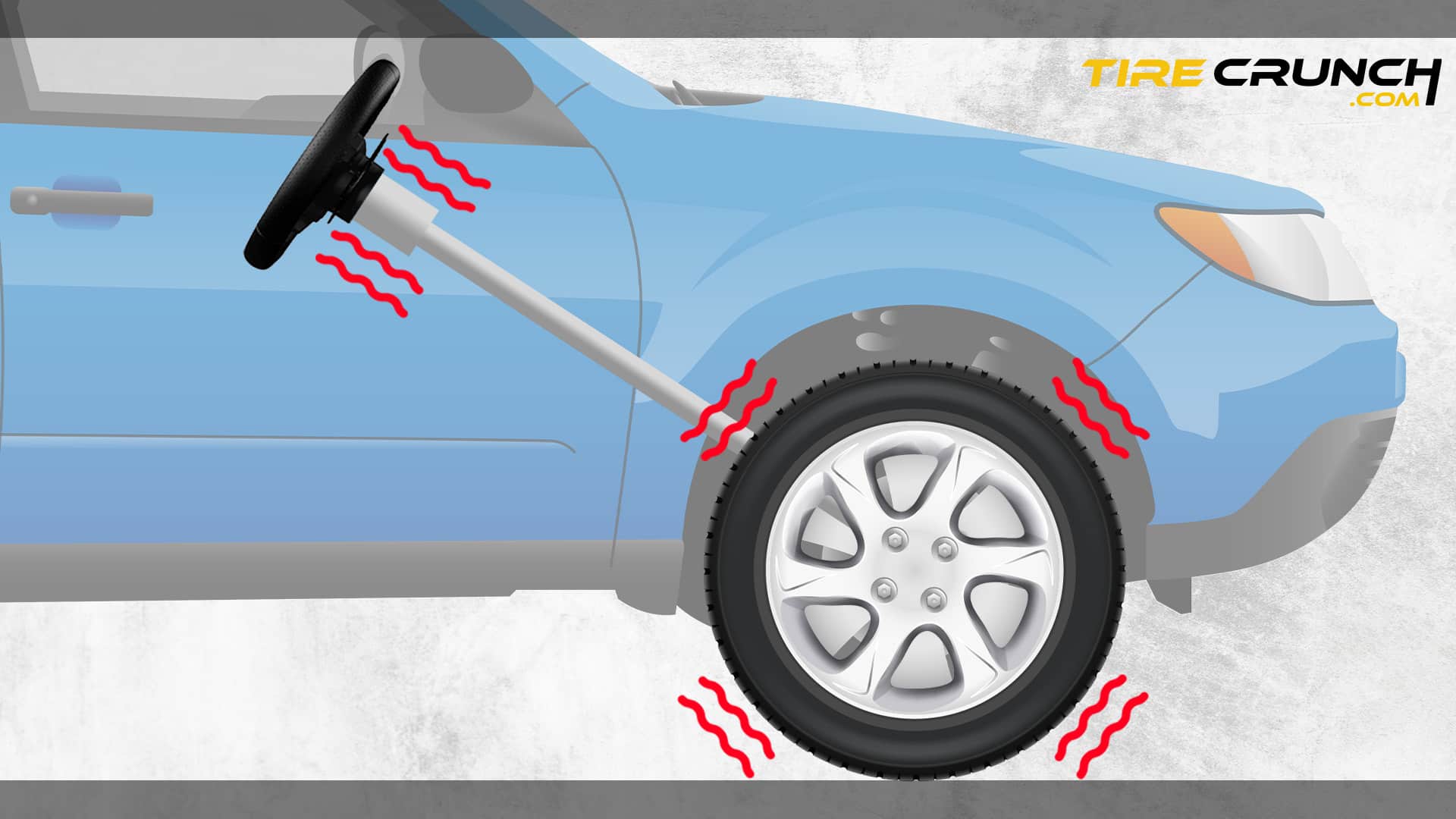
When tires are not balanced properly, they can cause compromised handling and safety on the road. Unbalanced tires create vibrations and shaking that makes it difficult for drivers to keep their vehicles stable on highways speeds.
Reduced Fuel Efficiency
Unbalanced tires can have a significant impact on your vehicle’s fuel efficiency. When the tires are not balanced properly, they will cause uneven wear and tear, leading to increased rolling resistance.
This means your engine has to work harder to maintain speed and consume more fuel in the process. Over time, this can lead to reduced gas mileage.
Recommended Timeframes For Tire Balancing
Tire balancing should be done regularly to ensure optimal performance, safety, and longevity of your tires. Here are some recommended timeframes for tire balancing:
Signs That Your Tires Need Balancing
If you’re experiencing any of the following issues, it may be a sign that your tires need balancing:
The Difference Between Tire Balancing And Wheel Alignment
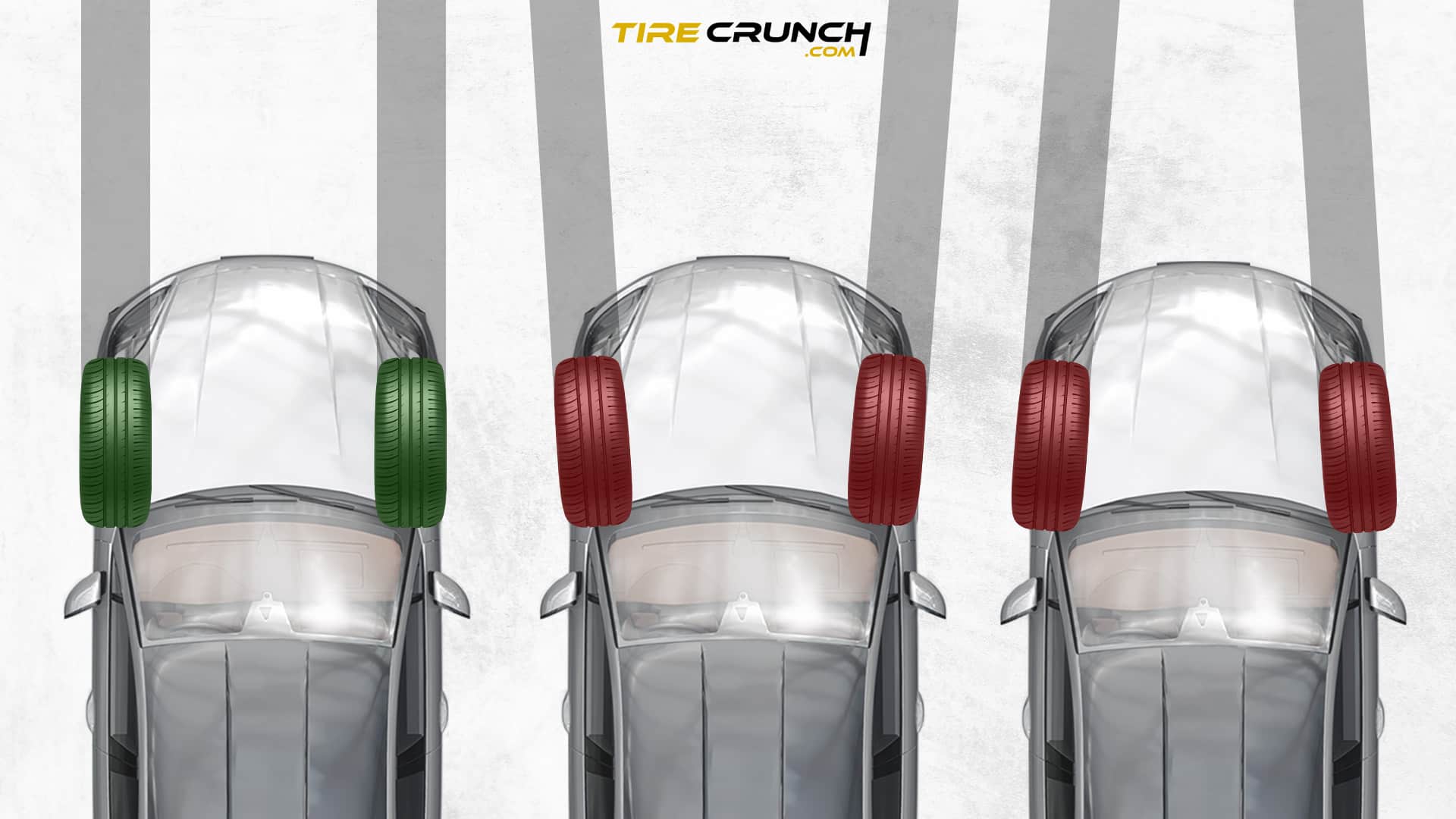
Both tire balancing and wheel alignment play crucial roles in maintaining a comfortable and safe driving experience. The following table highlights the key similarities and differences between tire balancing and wheel alignment.
| Tire Balancing | Wheel Alignment | |
|---|---|---|
| Definition | Corrects weight imbalances in tires and wheels | Adjusts the vehicle’s suspension for proper tire positioning and angle |
| Purpose | Reduces vibrations and maximizes tire life by promoting even wear | Improves handling, steering response, and overall driving feel |
| Recommendations | Recommended to be done when getting new tires installed, every 6,000 miles, or when experiencing vibrations while driving | Recommended to be done when getting new tires installed, or when experiencing steering or handling issues |
| How it’s done | Performed using specialized equipment to determine and correct weight imbalances | Performed using specialized equipment to align tire and suspension components according to manufacturer specifications |
FAQs
Here are some commonly asked questions about tire balancing:
How do I know if my tires need to be balanced?
Signs of unbalanced tires include vibration, shaking, and uneven wear on the tread.
How much does tire balancing cost?
The cost of tire balancing varies depending on location and mechanic, but it typically ranges from $20 to $100.
What causes tires to become unbalanced?
Tires can become unbalanced due to wear and tear, pothole damage, or shifting weights over time.
How long does a tire balance take?
Tire balancing usually takes around 45 minutes to an hour.
Can an unbalanced tire cause damage to my vehicle?
Yes, unbalanced tires can cause uneven wear on suspension components and compromise handling and safety while driving.
Conclusion
In conclusion, tire balancing is an important maintenance task that should not be ignored. Whether you have brand-new tires or old ones, they need to be balanced for optimal performance and safety on the road.
Neglecting this simple task can lead to uneven wear and tear, compromised handling and safety, reduced fuel efficiency, and uncomfortable vibrations in your ride. It’s recommended to get your tires balanced by a professional at regular intervals or when you experience any signs of imbalance.
By taking care of your tires with proper balancing techniques, you’ll save money in the long run by prolonging their lifespan and enjoying smoother rides every time you hit the road.
